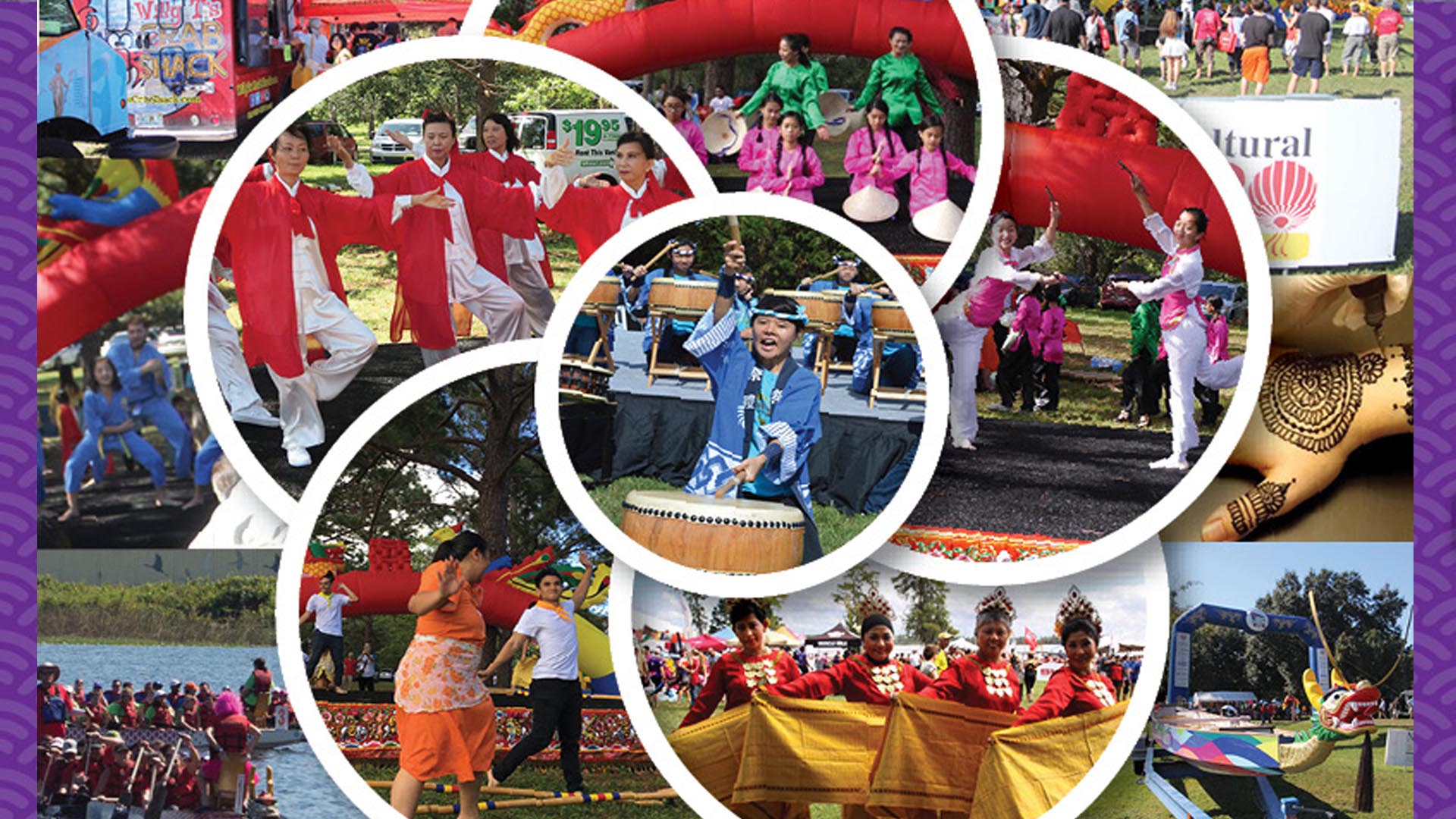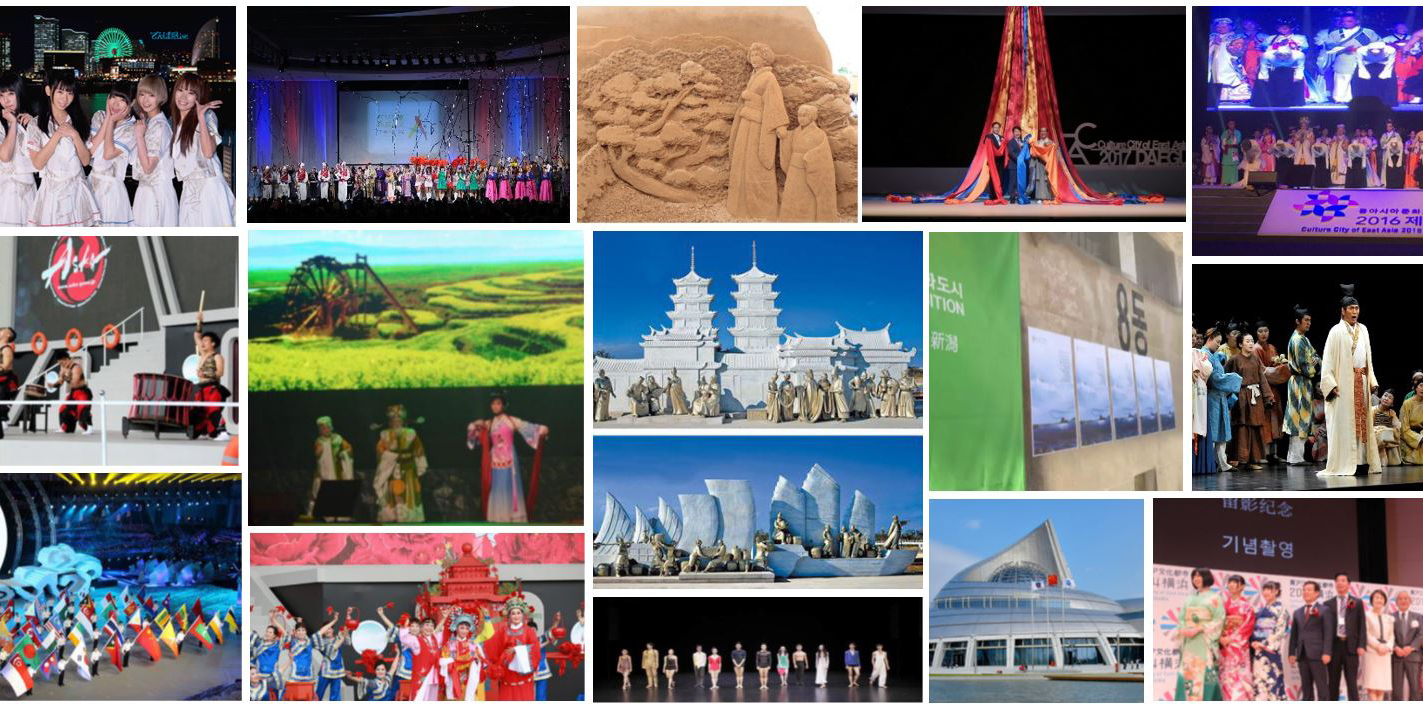Asian Culture the largest and most populous continent on Earth, is a land of immense cultural diversity. From the towering Himalayas to the lush rainforests of Southeast Asia, the continent is home to a myriad of cultures, traditions, and customs. Asian culture is a rich tapestry woven with centuries of history, art, religion, philosophy, and cuisine. In this article, we will delve into the fascinating world of Asian culture, exploring its diversity and highlighting some of its most distinctive features.
Asian Culture Origins and Influences
Asian culture has evolved over thousands of years, shaped by a complex interplay of historical events, migrations, and cultural exchanges. The continent has been a cradle of several ancient civilizations, including those of China, India, Mesopotamia, and the Indus Valley. These civilizations laid the foundation for the development of distinct cultural identities that still resonate today.
Furthermore, Asia has been a melting pot of diverse influences. The Silk Road, an ancient network of trade routes, connected Asia with Europe and Africa, facilitating the exchange of goods, ideas, and cultures. This cross-cultural interaction left an indelible mark on Asian societies, leading to the fusion of traditions and the emergence of unique cultural expressions.
Asian Culture Religions and Philosophies
Asia is renowned for being the birthplace of major world religions such as Hinduism, Buddhism, Confucianism, Taoism, and Islam. These religions have profoundly influenced Asian societies, shaping their values, ethics, and worldviews. Each religion offers a distinct path to spiritual enlightenment, emphasizing concepts such as karma, nirvana, harmony, and social responsibility.
Buddhism, originating in India and spreading across East Asia, emphasizes the pursuit of inner peace and the cessation of suffering. Confucianism, rooted in ancient China, emphasizes social harmony, filial piety, and the cultivation of virtue. Taoism, also originating in China, encourages a harmonious relationship with nature and the pursuit of balance.
Asian Culture Art, Architecture, and Literature
Asian culture has produced a treasure trove of artistic and architectural wonders. From the intricate carvings of Hindu temples in India to the delicate brushwork of Chinese landscape paintings, Asian art showcases a diverse range of styles and techniques.
Asian architecture, characterized by its grandeur and attention to detail, encompasses iconic structures such as the Taj Mahal in India, the Forbidden City in China, and the Angkor Wat temple complex in Cambodia. These architectural marvels reflect the cultural, religious, and historical legacies of their respective societies.
Asian literature has also left an indelible mark on the world. The ancient Sanskrit epics of India, such as the Mahabharata and the Ramayana, have captivated readers for centuries with their timeless tales of heroism and morality. Chinese literature, spanning from ancient classics like “The Art of War” to modern works by authors like Lu Xun and Mo Yan, offers profound insights into Chinese society and its values.
Asian Culture Festivals and Celebrations
Asian cultures are renowned for their vibrant and colorful festivals, which provide a glimpse into their traditions and values. These festivals often revolve around religious or agricultural themes and are celebrated with great enthusiasm and pomp.
For example, the Lunar New Year, also known as Chinese New Year, is one of the most significant festivals in East Asia. It is celebrated with dragon dances, firecrackers, and elaborate feasts, symbolizing the ushering in of good fortune and prosperity. Diwali, or the Festival of Lights, is a major Hindu festival celebrated in India and other parts of South Asia, marked by the lighting of lamps, fireworks, and the exchange of sweets.
Asian Culture Culinary Delights
Asian cuisine is renowned for its diverse flavors, unique ingredients, and culinary techniques. From the spicy curries of India to the delicate sushi of Japan, Asian food offers a sensory adventure for the taste buds.
Each region within Asia has its own distinct culinary traditions. Chinese cuisine encompasses a wide range of styles, including Cantonese, Sichuan, and Shanghainese, known for their bold flavors and use of ingredients like soy sauce, ginger, and garlic. Thai cuisine is famous for its harmonious blend of sweet, sour, spicy, and savory flavors, while Japanese cuisine emphasizes freshness, simplicity, and precision in presentation.
Asian culture is a treasure trove of diversity, traditions, and ancient wisdom. It is a testament to the resilience and creativity of countless generations who have shaped the continent’s history. From its religions and philosophies to its art, architecture, literature, festivals, and cuisine, Asian culture offers a rich tapestry of experiences and insights.
Exploring Asian culture allows us to appreciate the beauty of human creativity, the power of interconnectedness, and the importance of preserving and celebrating our diverse heritage. It is a reminder that our world is a vibrant mosaic of cultures, and by embracing our differences, we can foster mutual understanding and harmony on a global scale.
:max_bytes(150000):strip_icc()/lunar-new-year-lead-LUNARNYDIFF0122-3dc46cdde7c94119a7382e6e1906cb7a.jpg)
Tales of Tradition: Celebrating the Varied Cultures of Asia
Asia, the largest and most diverse continent on Earth, is a treasure trove of rich cultural traditions that span thousands of years. This vast and varied region, comprising countries like China, India, Japan, South Korea, Thailand, Vietnam, and many others, boasts an unparalleled tapestry of customs, beliefs, art, and practices. From the majestic temples of Angkor Wat to the serene tea ceremonies of Japan, and from the vibrant festivals of India to the intricate calligraphy of China, the cultural heritage of Asia weaves an enchanting narrative that celebrates the essence of human history and expression.
In this article, we will embark on a journey through the tales of tradition that make Asia such a captivating and enduring part of the world’s cultural fabric.
The Ancient Threads of Asia
The roots of Asian culture run deep into antiquity, with civilizations flourishing across the continent. From the cradle of civilization in Mesopotamia to the Indus Valley, Asia has been home to some of humanity’s earliest societies. The ancient Asian cultures left behind a legacy that still influences contemporary customs and values.
For instance, the Vedic traditions of India, dating back to the second millennium BCE, have profoundly shaped the region’s spirituality and philosophical outlook. Similarly, the ancient Chinese civilization, with its Confucian ideals and Daoist principles, has left an indelible mark on the Chinese way of life.
Cultural Artistry and Aesthetics
The cultural expressions of Asia have mesmerized the world with their artistry and aesthetics. Asian art encompasses a vast array of forms, including painting, sculpture, calligraphy, ceramics, and textiles. Each country has its unique artistic style, reflecting its historical development and cultural influences.
Chinese brush painting, characterized by its graceful strokes and delicate use of ink and color, embodies the spirit of traditional Chinese philosophy and values. Japan’s exquisite tea bowls and porcelain artistry reflect the country’s deep appreciation for simplicity and nature. India’s intricate and vibrant textiles, such as the famous silk sarees and handwoven carpets, showcase the country’s mastery of craftsmanship.
The Harmony of Nature and Spirituality
Asian cultures have long revered the natural world, finding profound spiritual connections with the environment. The philosophy of interconnectedness between humans and nature is evident in many aspects of daily life and religious practices.
In Japan, the art of bonsai exemplifies this reverence for nature, as miniature trees are carefully cultivated to reflect the beauty of the natural world in a confined space. In India, yoga and meditation are deeply rooted in the belief that a harmonious connection with the environment leads to spiritual growth and self-realization.
Festivals: A Riot of Colors and Celebrations
The tapestry of Asian culture comes alive during its vibrant festivals, which are celebrated with zest and enthusiasm across the continent. These festivals are a splendid showcase of local customs, traditions, and religious practices.
The Chinese New Year, also known as the Spring Festival, is one of the most significant events in the Chinese calendar. It is a time of family reunions, delicious feasts, dragon and lion dances, and the iconic red lanterns that adorn streets and homes.
India’s Diwali, the Festival of Lights, illuminates the country with the radiance of lamps, candles, and fireworks. It is a time of joy and celebration, symbolizing the triumph of light over darkness and good over evil.
Japan’s cherry blossom festivals, known as Hanami, are celebrated in spring, when the cherry blossoms bloom in resplendent hues of pink and white. People gather under the flowering trees to appreciate the beauty of nature and enjoy picnics with family and friends.
Culinary Delights: A Fusion of Flavors
Asia’s diverse culinary heritage is a true testament to the region’s cultural richness. Each country’s cuisine is an amalgamation of local ingredients, flavors, and cooking techniques that have evolved over centuries.
Chinese cuisine, with its delicate balance of flavors, ranging from sweet and sour to salty and umami, has earned global acclaim. Indian cuisine is a tantalizing blend of spices and herbs, reflecting the country’s regional diversity.
Japanese cuisine, renowned for its simplicity and emphasis on fresh ingredients, includes sushi, sashimi, and the delicate art of Kaiseki. Thai cuisine offers a delightful fusion of sweet, sour, salty, and spicy tastes that tantalize the taste buds.
Preserving and Reviving Traditions
While the rich tapestry of Asian culture continues to inspire and captivate, there are challenges in preserving these traditions in a rapidly changing world. As technology advances and globalization connects the world like never before, some of the unique cultural expressions face the risk of fading away.
However, various efforts are underway to safeguard and revive traditional practices. Governments, cultural institutions, and local communities are actively promoting heritage preservation, supporting artisans and craftsmen, and organizing cultural festivals and events to pass down ancient knowledge to younger generations.

Conclusion
The tales of tradition that make up the diverse cultures of Asia are a testament to the ingenuity and creativity of humanity. From ancient philosophies to contemporary artistic expressions, Asia’s cultural heritage is a source of inspiration and wonder for people across the globe.
As we celebrate the richness of Asian culture, let us also recognize the importance of preserving and cherishing these traditions for future generations. In doing so, we contribute to the continuity of the vibrant tapestry that is Asia’s cultural legacy – a treasure to be shared and cherished by all.

